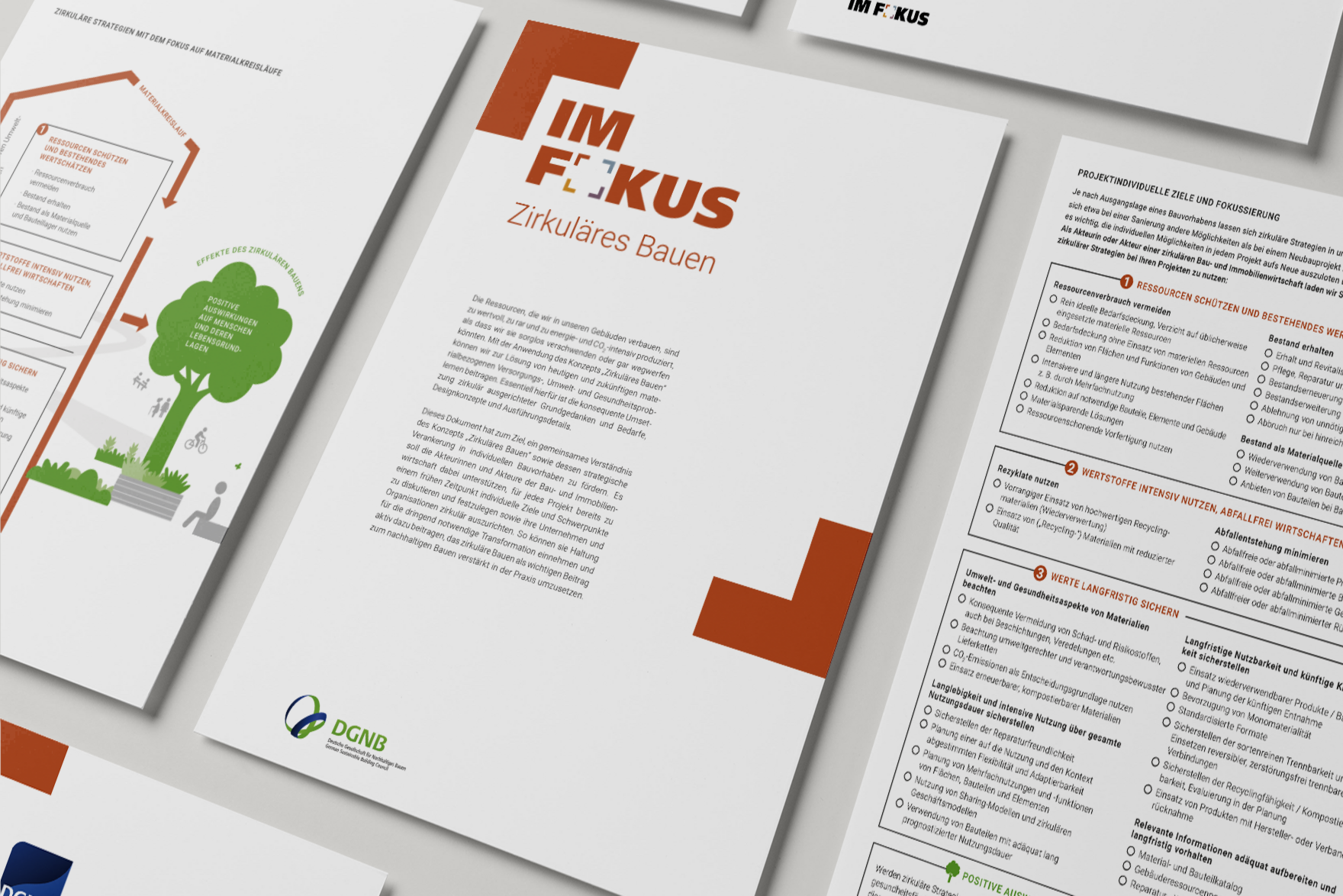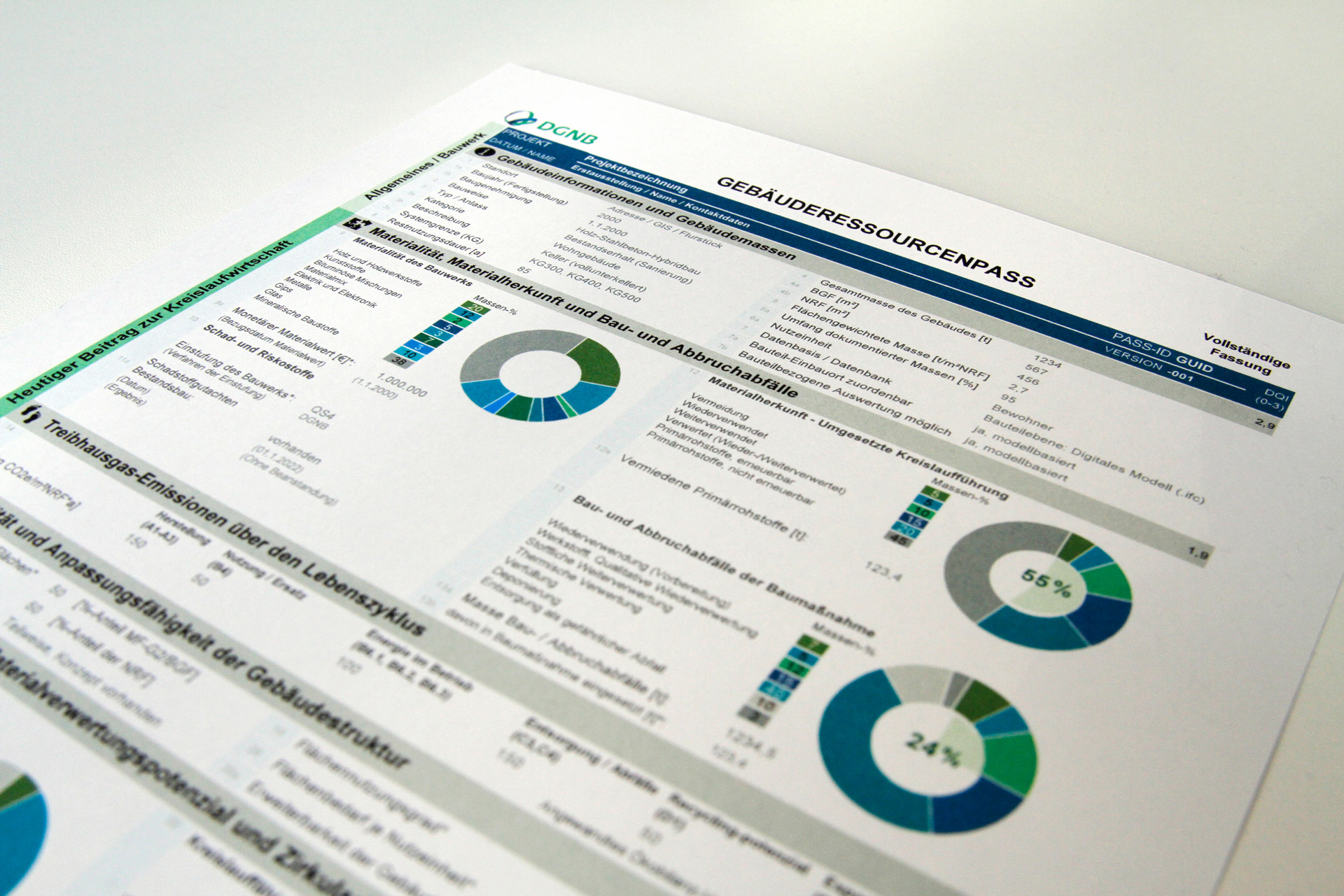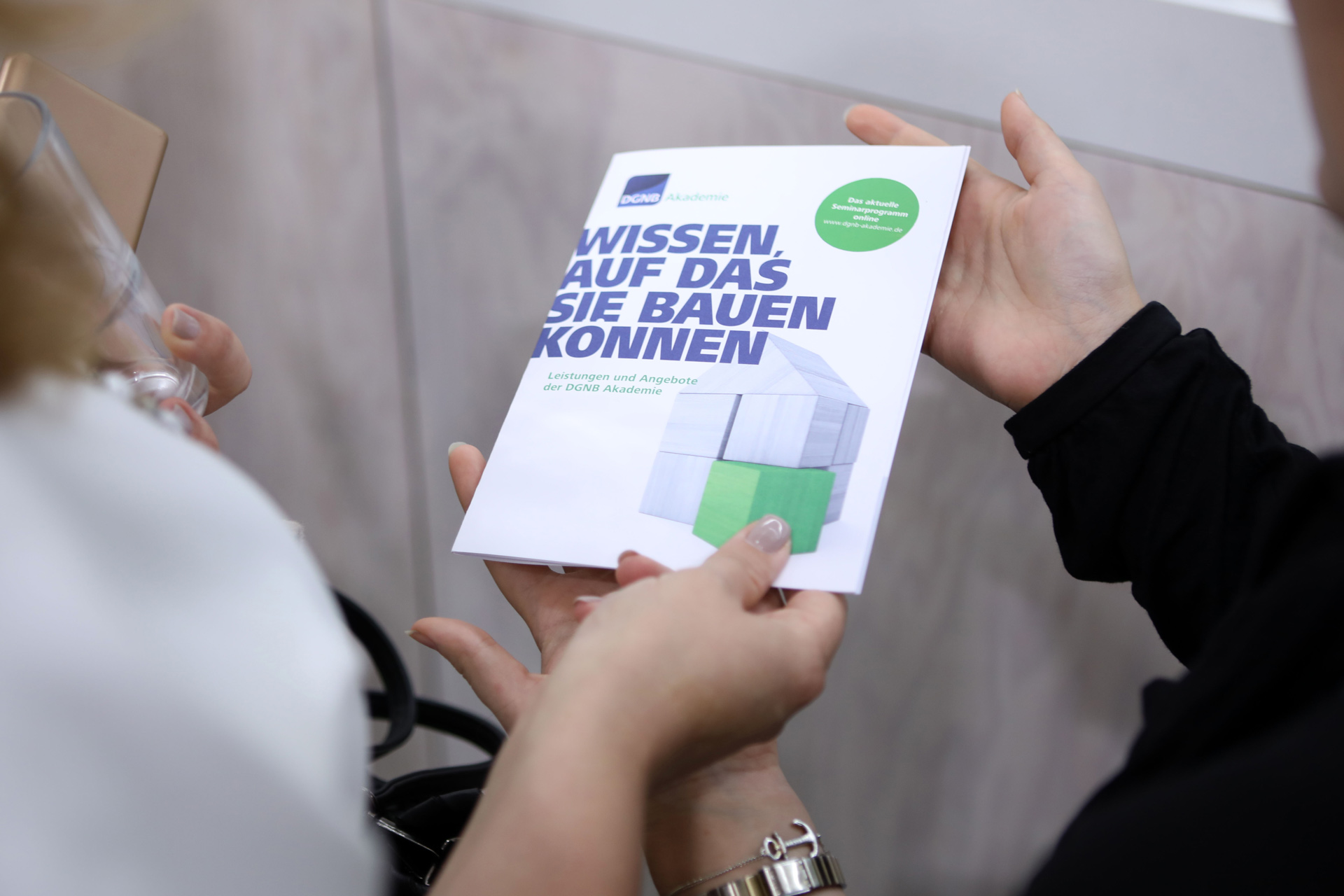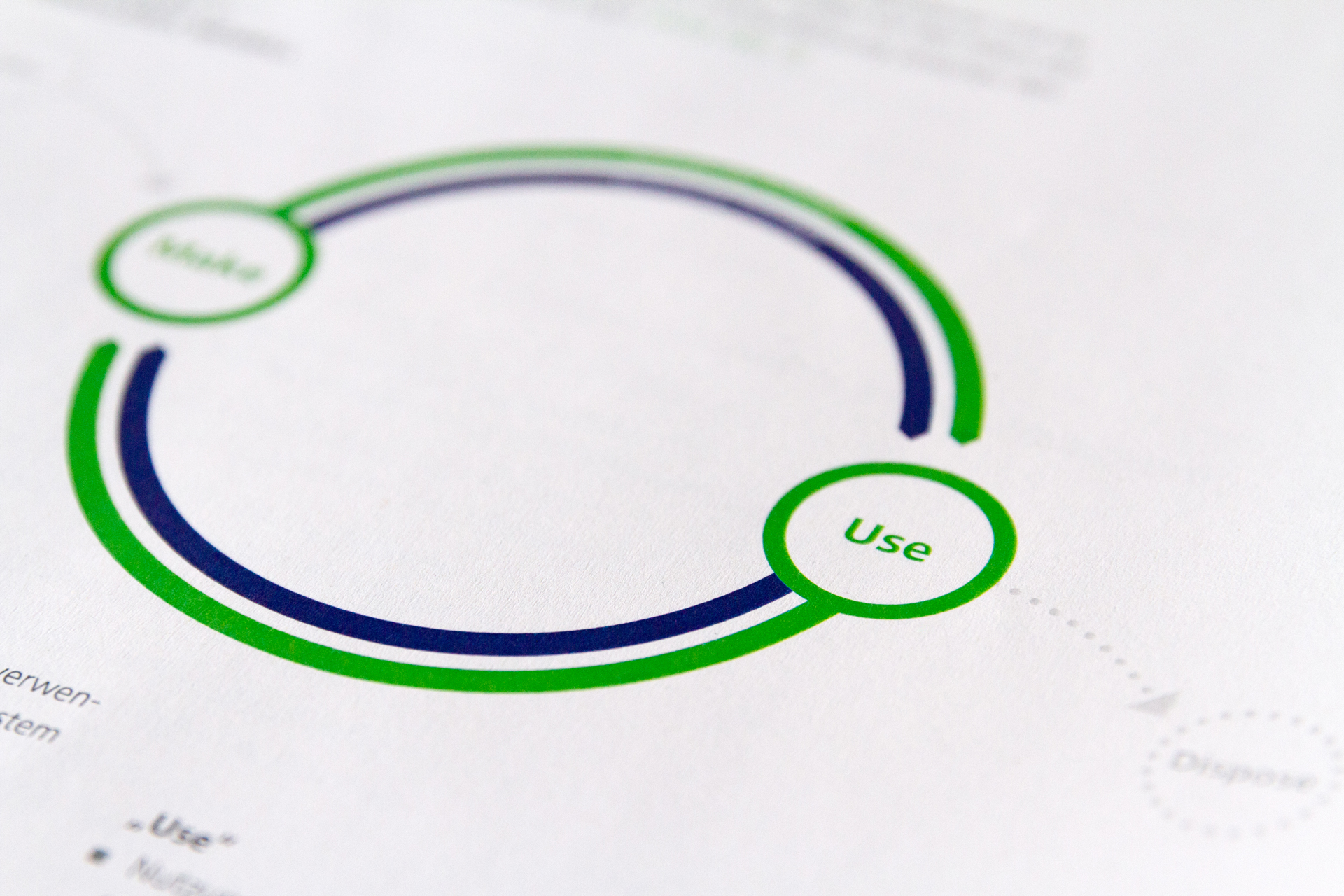The resources we use in our buildings are too valuable, too scarce and too energy- and carbon-intensive to be carelessly wasted or even thrown away. By applying the concept of 'circular building', we can contribute to solving the material-related supply, environmental and health problems of today and tomorrow. The key to this is the consistent implementation of circular ideas and demands, design concepts and construction details.
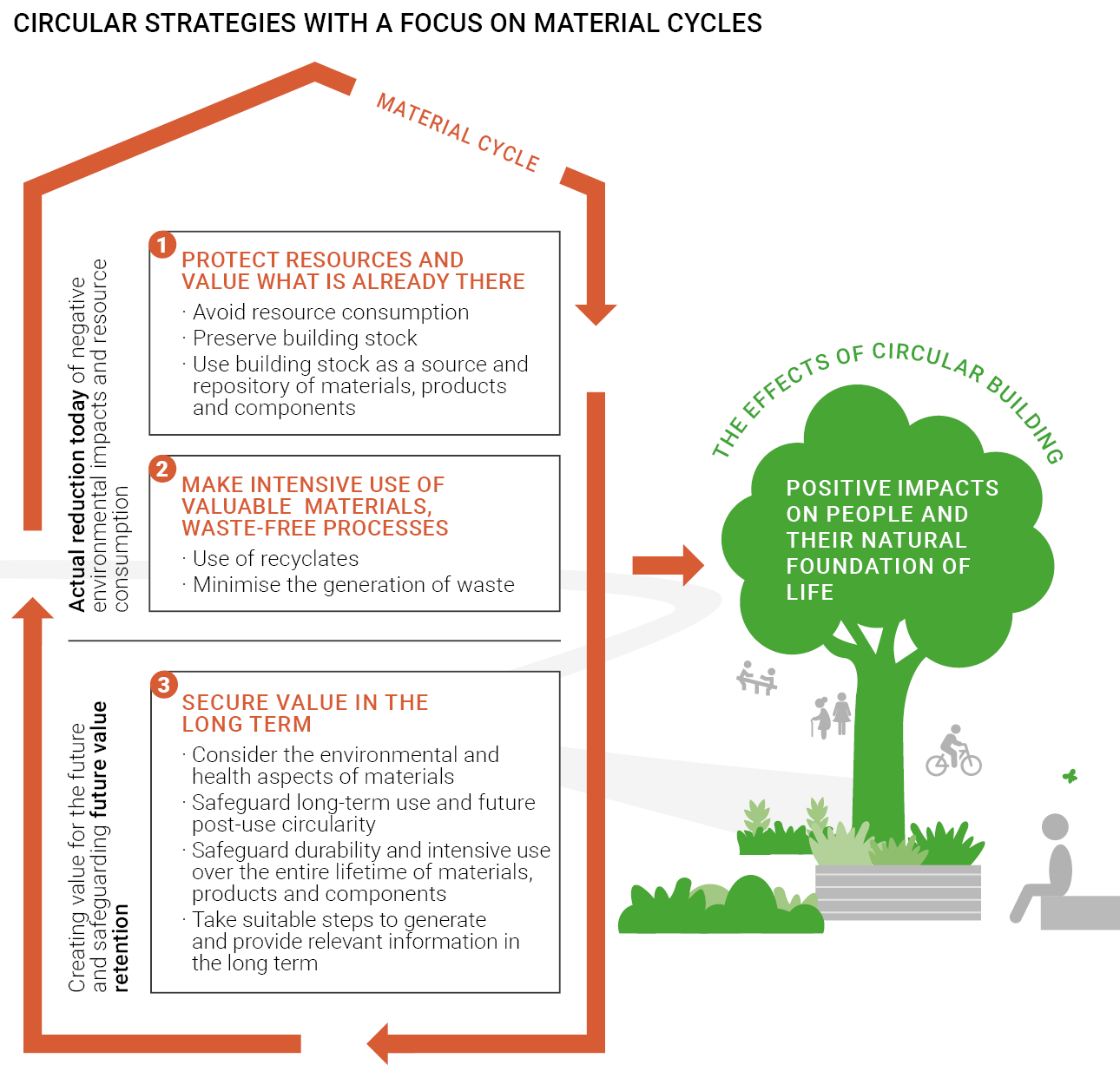
What is circular building?
In adhering to the spirit of circular building (1) , stakeholders in the building and property industry concern themselves with the preservation, upgrading and active use of existing buildings. They do this (2) by seeing building stock as a valuable source and repository of materials. This involves making extensive use of existing material flows and tapping into value that has already been created. As well as (3) paving the way for resources to be used in the long term, this allows different stakeholders to prepare the way for closed-loop systems such that in the future, no waste is produced over the entire life cycle of materials. By taking ecological and health factors into account, they thus promote the preservation or enhancement of the quality and economic value of urban districts, buildings, construction components and materials.
As key players in a circular society, these stakeholders make important and positive contributions to a variety of sustainability goals through circular thinking and action. They act in accordance with the cycles of nature and make a distinction between their business activities and the consumption of non-renewable resources
The definition and the graphic were created as part of the publication ‘Focus on: Circular building’.
Your contact
E-Mail: zirkularitaet@dgnb.de

